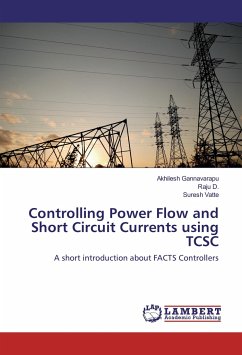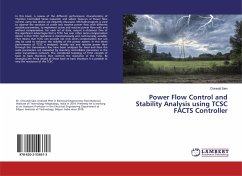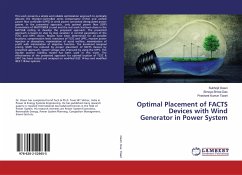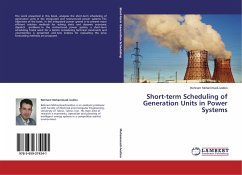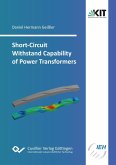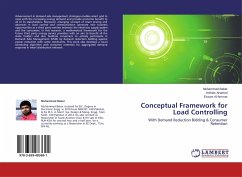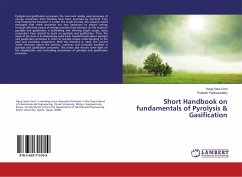Present power systems are now large, complex and interconnected systems, which consist of thousands of buses and hundreds of generators. Traditionally the Electrical Power Systems (EPS) are rigid and have planned growth. However, due to technological advances in different areas and new sets of rules there is a need to increase efficiency and therefore the supervision and control of all of the network operation states, which demands more flexibility. Installation high costs and environmental limitations make the construction of new power corridors impractical to satisfy the needs of a fluctuating demand. In addition, new transmission lines are expensive and take considerable amount of time to construct. Given these conditions, in order to meet ever-increasing load demands, electric utilities have to rely on power export or import arrangements through the existing transmission system, deteriorating voltage profiles and system stability in some cases. This situation has resulted in an increased possibility of transient, oscillatory and voltage instability, which are now brought into concerns of many utilities especially in planning and operation.
Bitte wählen Sie Ihr Anliegen aus.
Rechnungen
Retourenschein anfordern
Bestellstatus
Storno

